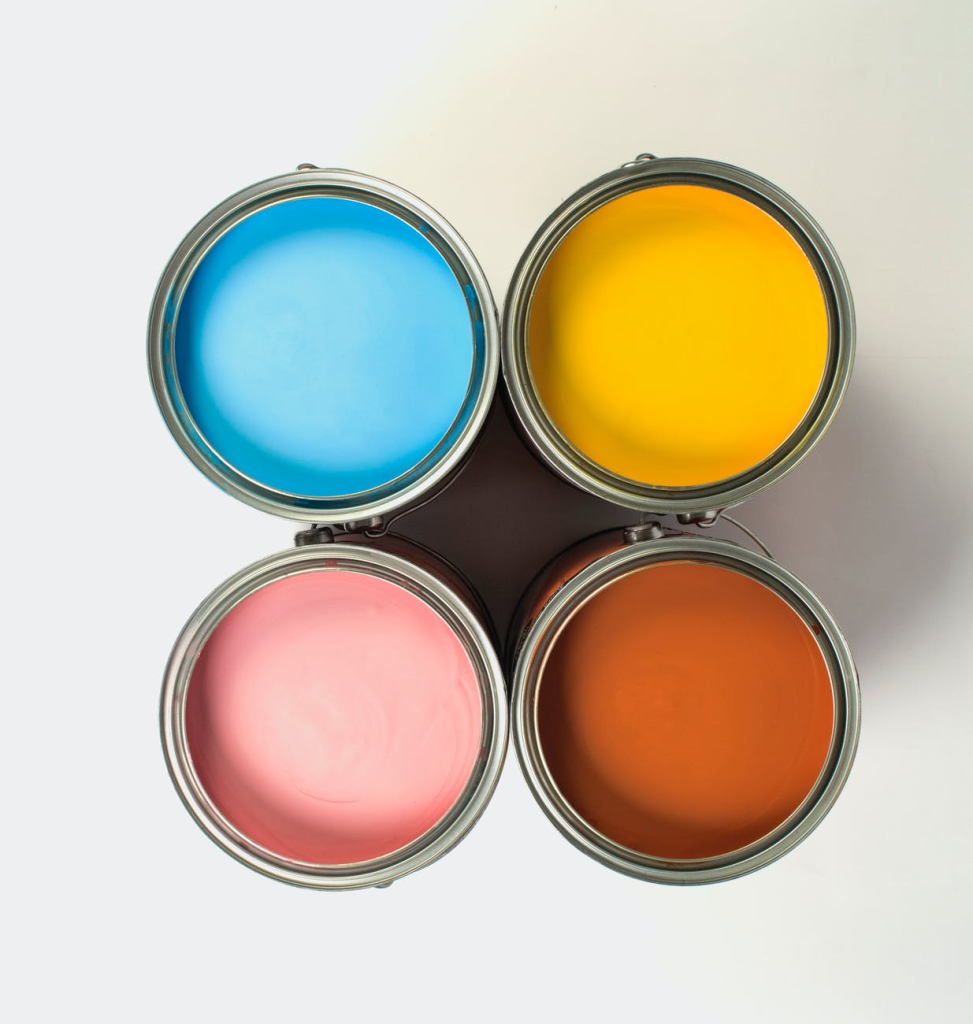
Sometimes, you can revive frozen paint. However, reusing it isn’t always possible. In some situations, the paint might have frozen too manny times to be saved. Reusing frozen paint depends on the circumstances. Paint that’s only recently started freezing is more likely to be usable than paint that’s been frozen solid for a long time. Therefore, it’s crucial to test your paint’s quality. Keep in mind that using damaged paint on a project could lead to problems.
What Happens if Frozen Paint is Used?
Avoid using latex paint exposed to freezing temperatures. It can trigger reactions that ruin its performance.Oil-based paint handles cold better, but discard it if lumpy or grainy. When unsure, immediately dispose of any frozen paint.
How to Tell if the Paint is Bad?
Paint with a foul,rancid,or acidic smell upon opening likely has a strong odor. Paint smelling of mold or mildew differs substantially from standard paints. Application might lessen the scent, but it won’t vanish entirely. This odor stems from airborne microorganisms growing within the paint.
Does Cold Temperature ruin the Paint?
Extended freezing can ruin paint. It alters the texture, causing lasting damage. Freeze-thaw cycles make paint unreliable, stringy, or thick. It might resemble cottage cheese or feel gritty, like sand in water.
How to Know if the Frozen Paint is Still Usable?
Inspect the paint after it thaws. Freezing can ruin paint, but it might survive a few freeze-thaw cycles. Before using, slowly warm the paint to room temperature.Then, mix it well to ensure it’s consistent. If the color and thickness seem normal, the paint is highly likely usable. Follow these steps to assess if your frozen paint is still good.
Thaw the Paint
Firstly, let frozen paint thaw completely.Put the can in a warm space to defrost it naturally. Avoid direct heat sources like burners or heaters. Gradual thawing is best.Too much heat can damage the paint further.
Check for Lumps and Separation
Once the paint is fully thawed, it’s time to check its condition. Even if it was only partially frozen, it might seem fine at first glance. So,a closer look might be needed. Sometimes,freezing causes small lumps to form. Some people describe these lumps as resembling cottage cheese. To check for these lumps, carefully pour the paint into another container. Watch for any lumps as you pour. If you find many lumps, the paint is likely unusable.However,ther’s one more thing you can try.
Gradually Stir the Paint
If you see clumps after your frozen paint thaws, stir it well. Many painters report success in breaking up some of these clumps by stirring. It’s worth trying! This could take some time, depending on the number of clumps.
Test the Paint
Always test previously frozen paint before using it on significant projects. Apply some paint to scrap wood if you can.Ideally, mimic the surface you plan to paint during testing. Testing takes time, but it prevents potential disasters. If the paint seems normal, carefully use it on your project. Even if the frozen paint looks okay, avoid using it on critical surfaces like interior walls or fine woodwork.
